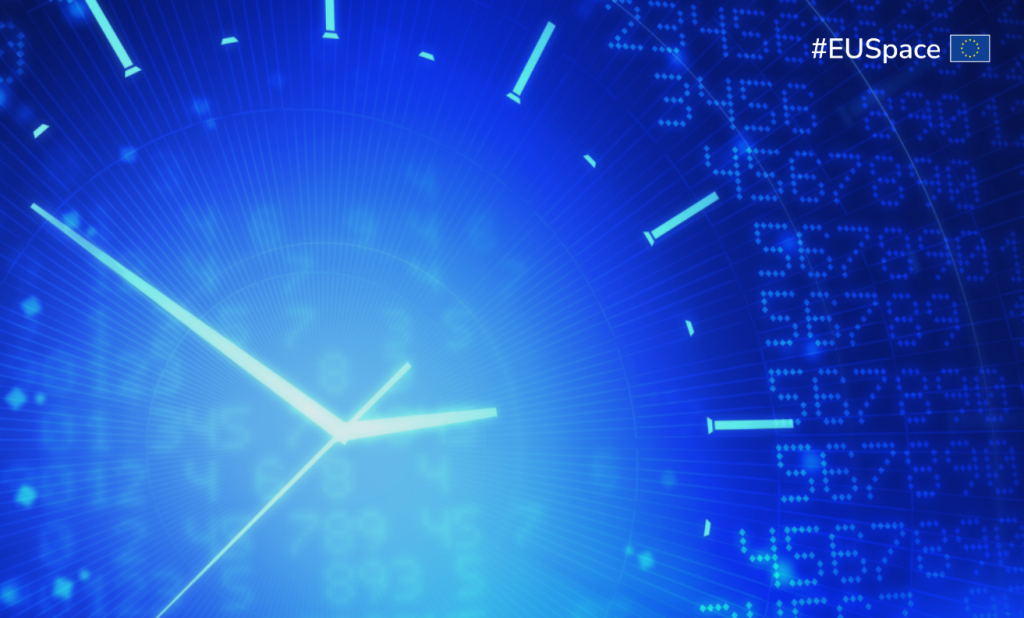A leap for Galileo Timing: Recognition by BIPM

The Bureau International des Poids et Mesures (BIPM) has recently announced that Galileo will be included in the Circular-T number 437, to be published in June 2024.
It is the culmination of a process supported by the EC and EUSPA, comprising several iterations with BIPM. Circular-T is a monthly publication by the BIPM that includes the time references used to compute the Coordinated Universal Time (UTC), providing the values of the differences between UTC and the UTC local realizations UTC(k) at specific laboratories around the world, equipped with atomic clocks.
Being part of this publication is an international recognition for the listed entities.
A specific Section of the Circular-T is devoted to GNSS, where the differences between the true international UTC and the prediction of UTC broadcast by various GNSS are provided. Since June this year, Galileo will become an integral part of this section.
The inclusion of Galileo contributes to the redundancy of measurement methods used to generate UTC. This increases the capability to detect abrupt anomalies as well as gradual drifts in the long-term, improving the reliability and accuracy of the computation of the UTC.
In conclusion, the integration of Galileo Timing measurements by BIPM in Section 4 of the Circular‑T marks a significant step forward for Galileo, representing the highest recognition possible of an international and independent institution to the quality of Galileo UTC measurements for timing and consolidating Galileo’s position as an established and global source of access to accurate and trustworthy UTC.
Media note: This feature can be republished without charge provided the European Union Agency for the Space Programme (EUSPA) is acknowledged as the source at the top or the bottom of the story. You must request permission before you use any of the photographs on the site. If you republish, we would be grateful if you could link back to the EUSPA website (http://www.euspa.europa.eu).